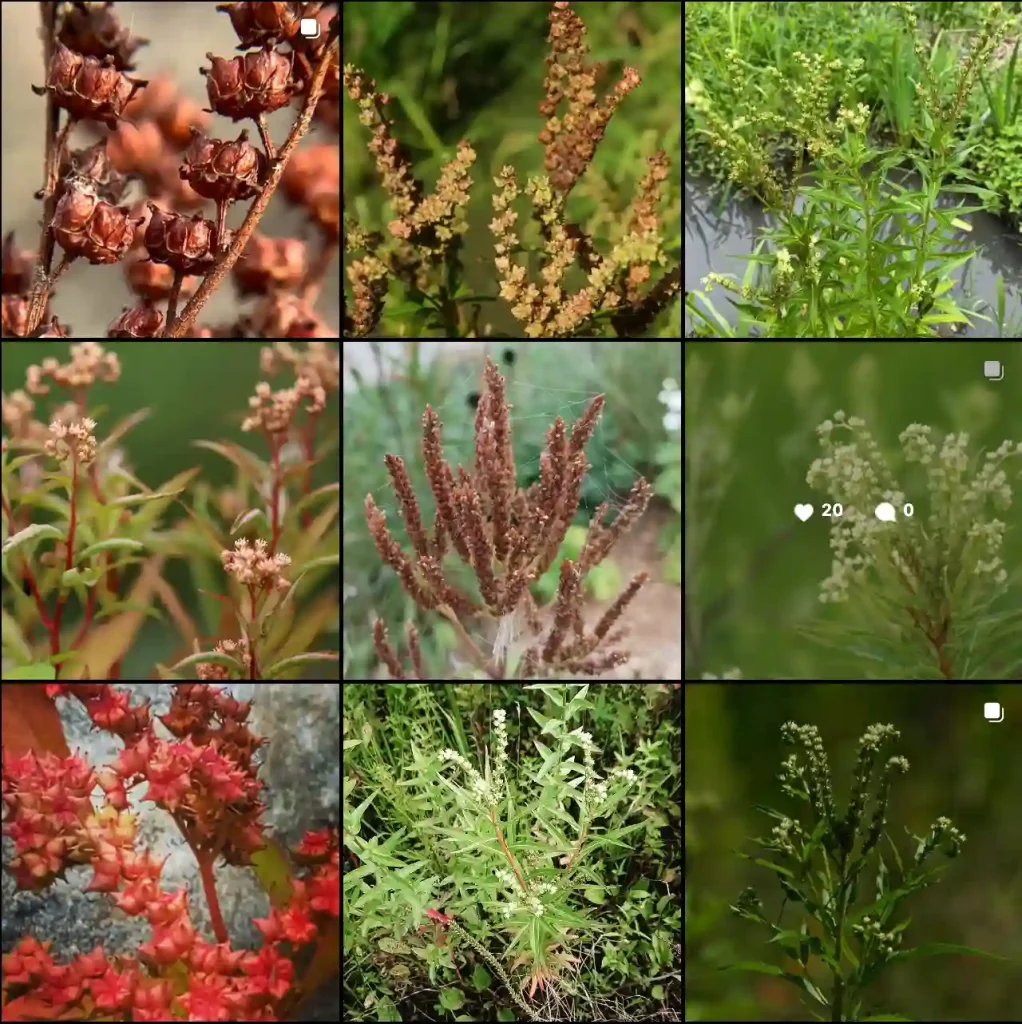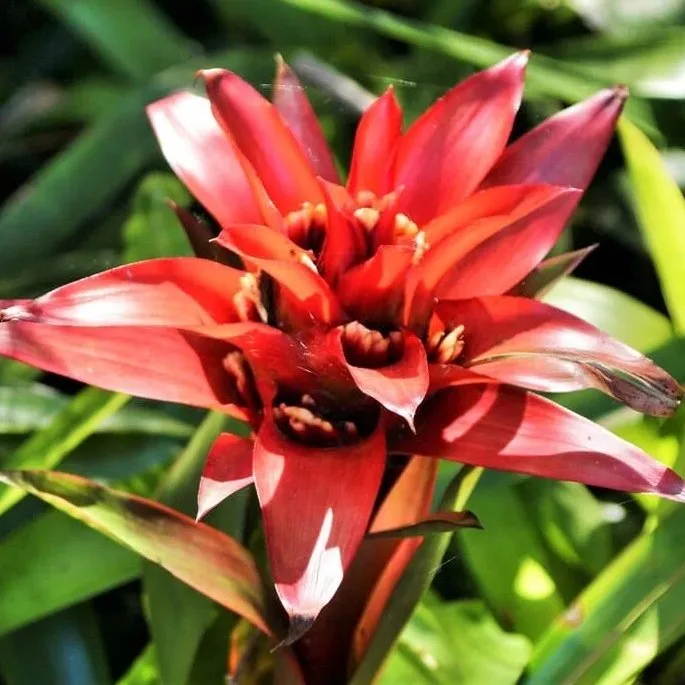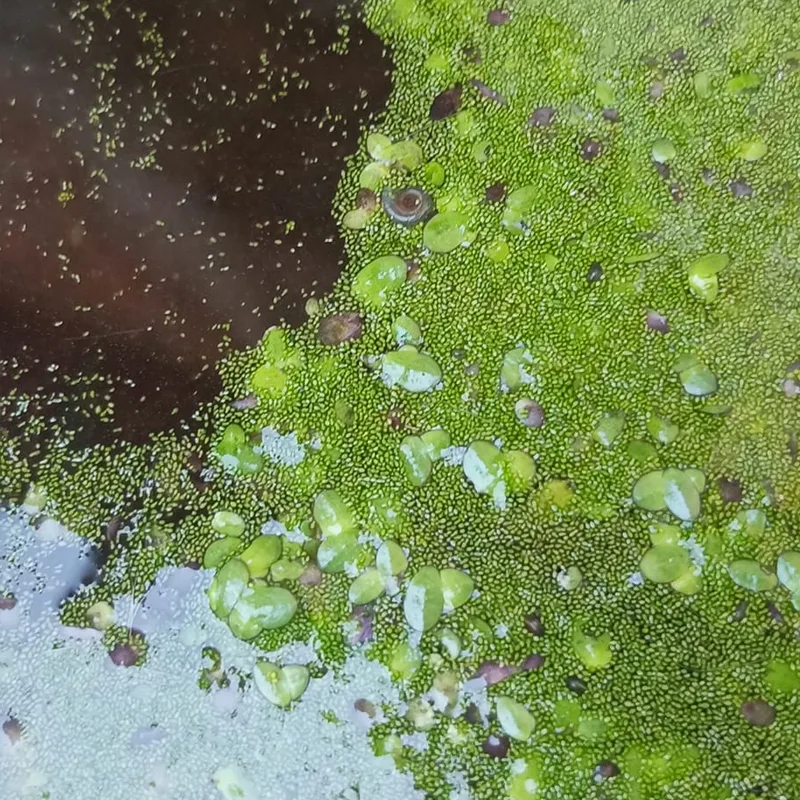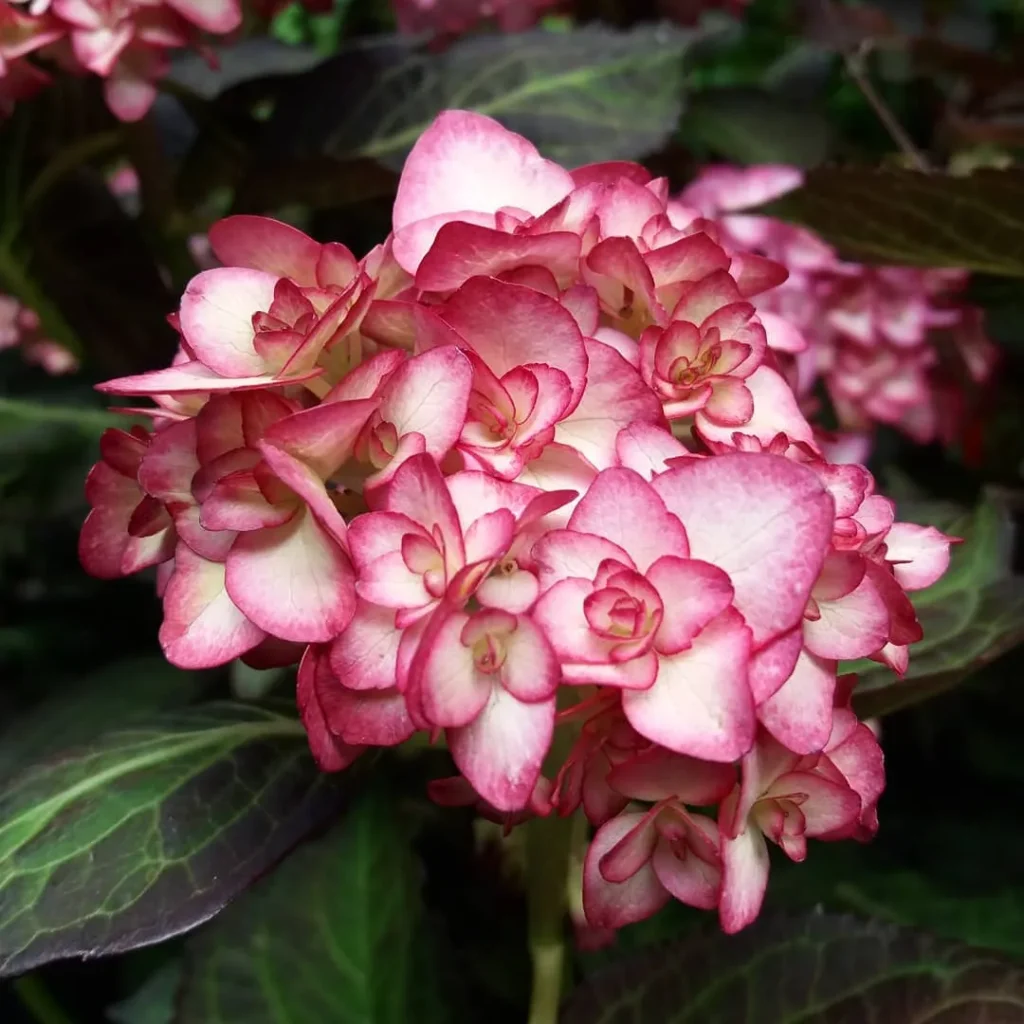My Fascination with Austrocylindropuntia
As a plant enthusiast, I’m always drawn to the unique and unusual. That’s why I find myself captivated by the genus Austrocylindropuntia from Cactaceae family. These cacti, native to South America, are a testament to nature’s ability to adapt and thrive in harsh environments.
What Sets Austrocylindropuntia Apart?
Austrocylindropuntia are tree-like cacti with cylindrical stems and prominent spines. Unlike their close relatives, the Opuntia, they lack the distinct segmented joints. This gives them a more streamlined, almost columnar appearance. Their resilience is remarkable. They can withstand intense sunlight, arid conditions, and even freezing temperatures. This hardiness, coupled with their unique forms, makes them a fascinating subject for any plant lover.
A Closer Look at the Species
The genus Austrocylindropuntia comprises eleven recognized species, each with its own distinct characteristics:
- Austrocylindropuntia cylindrica: This species, also known as the “Candle Cactus,” is native to Ecuador and Peru. It has a distinctive cylindrical shape and grows tall, sometimes reaching up to 4 meters (about 13 feet). Its stems are covered with sparse, sharp spines and produce vibrant red or yellow flowers, adding color to the arid regions where it thrives. A. cylindrica is hardy and adaptable, making it popular among cactus enthusiasts.
- Austrocylindropuntia floccosa: Known for its woolly, white hair-like coverings, A. floccosa is a unique cactus species native to the high-altitude regions of the Andes. This dense “flocking” of white trichomes protects the plant from extreme cold and intense sunlight. Growing in a clumping form, it reaches about 30 cm (1 foot) and often develops bright, orange-red flowers, standing out strikingly against its woolly surface.
- Austrocylindropuntia lauliacoana: A lesser-known species, A. lauliacoana is native to Peru, where it thrives in rocky and arid environments. It has slender, upright stems covered with fine spines and is typically less branched than other species. Its flowers are often yellow and modestly sized, blending subtly into its natural landscape. This species remains relatively rare in cultivation.
- Austrocylindropuntia pachypus: This unique species, known as the “Thick-footed Austrocylindropuntia,” has fleshy, thick stems that appear stout and solid compared to other slender varieties. Native to the high elevations of the Andes, it’s well-suited to survive cool, dry climates. Its flowers are typically yellow, though its robust, thick base often draws more attention than the blooms themselves, giving it a distinctive appearance.
- Austrocylindropuntia shaferi: A. shaferi is a branching, shrubby cactus found in the arid regions of Argentina. Its stems are covered with sharp, needle-like spines, offering natural protection from herbivores. This species is unique for its clumping growth habit, which allows it to spread and create dense, spiny mats on the ground. The flowers are yellow, emerging in the warmer months and adding brightness to its habitat.
- Austrocylindropuntia subulata: Also called the “Eve’s Needle Cactus,” A. subulata is notable for its elongated, thorn-covered branches that give it a striking, tree-like appearance. Native to Peru, it can grow over 4 meters (13 feet) tall, with bright pink to red flowers that bloom along its branches. Known for its rapid growth and striking appearance, it’s often used as an ornamental plant. Plant FAQs: Austrocylindropuntia Subulata
- Austrocylindropuntia vestita: Commonly known as the “Woolly Torch,” A. vestita is prized for its unique, wool-covered stems that create a fuzzy appearance. This high-altitude cactus from Bolivia forms small, upright clusters and grows to around 30 cm (1 foot). Its dense white wool protects it from harsh sunlight and cold. When in bloom, it produces bright orange flowers that contrast beautifully with its soft, woolly exterior.
My Personal Experiences
I’ve had the pleasure of cultivating several Austrocylindropuntia species in my own garden. Their ability to thrive with minimal intervention is truly impressive. They require well-drained soil and plenty of sunlight, but beyond that, they are remarkably low-maintenance.
One of my favorite aspects is observing their growth patterns. The way they reach for the sky, their spines catching the sunlight, is a constant reminder of nature’s resilience and beauty. I’ve also found them to be surprisingly good companions. Their presence adds a unique character to my garden, a touch of the exotic that sparks conversation and curiosity.
The Importance of Conservation
Despite their hardiness, Austrocylindropuntia face threats in their natural habitats. Habitat loss due to human activities is a major concern. It’s crucial to support conservation efforts to ensure these fascinating plants continue to thrive for generations to come.
A Continuing Journey
My exploration of Austrocylindropuntia is an ongoing journey. I’m eager to learn more about their biology, their ecological roles, and the best ways to cultivate them. I believe these plants have much to offer, both aesthetically and scientifically.
In sharing my experiences, I hope to inspire others to appreciate the unique beauty and resilience of Austrocylindropuntia. They are a testament to the wonders of the natural world, a world that we must strive to understand and protect.
If i die, water my plants!



